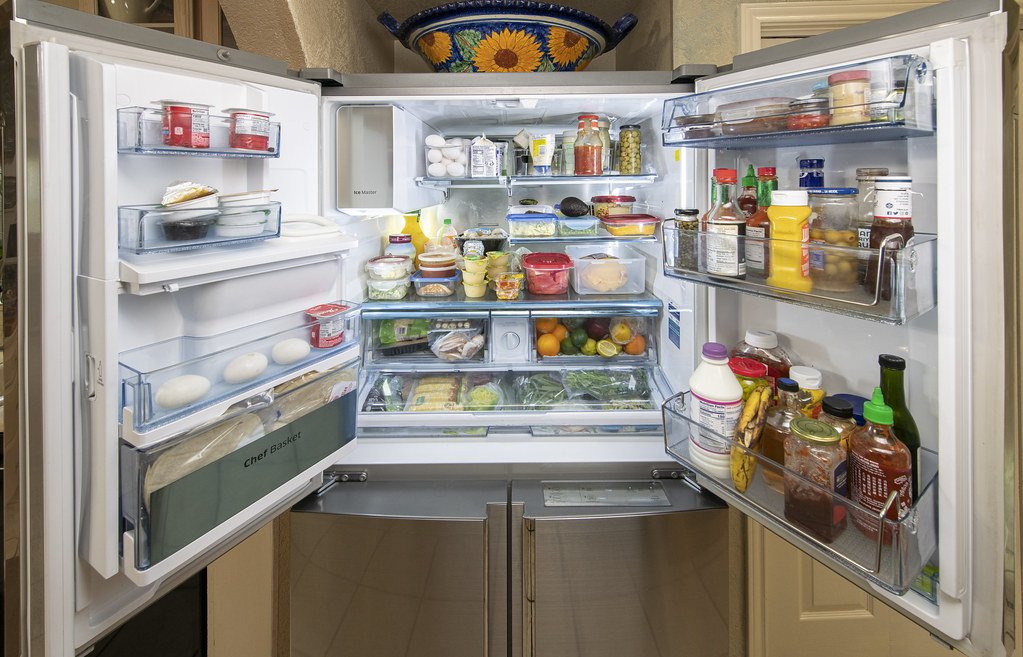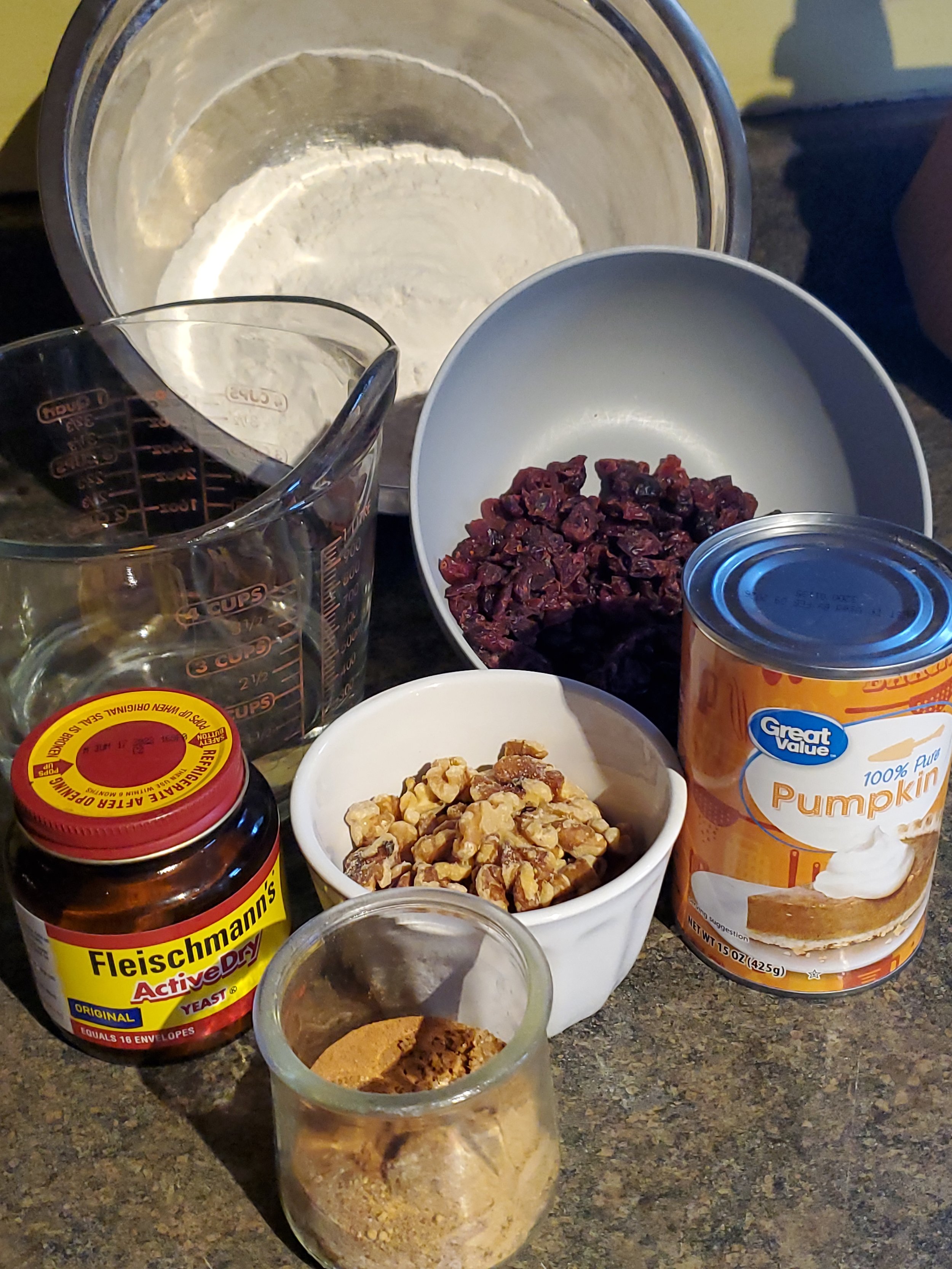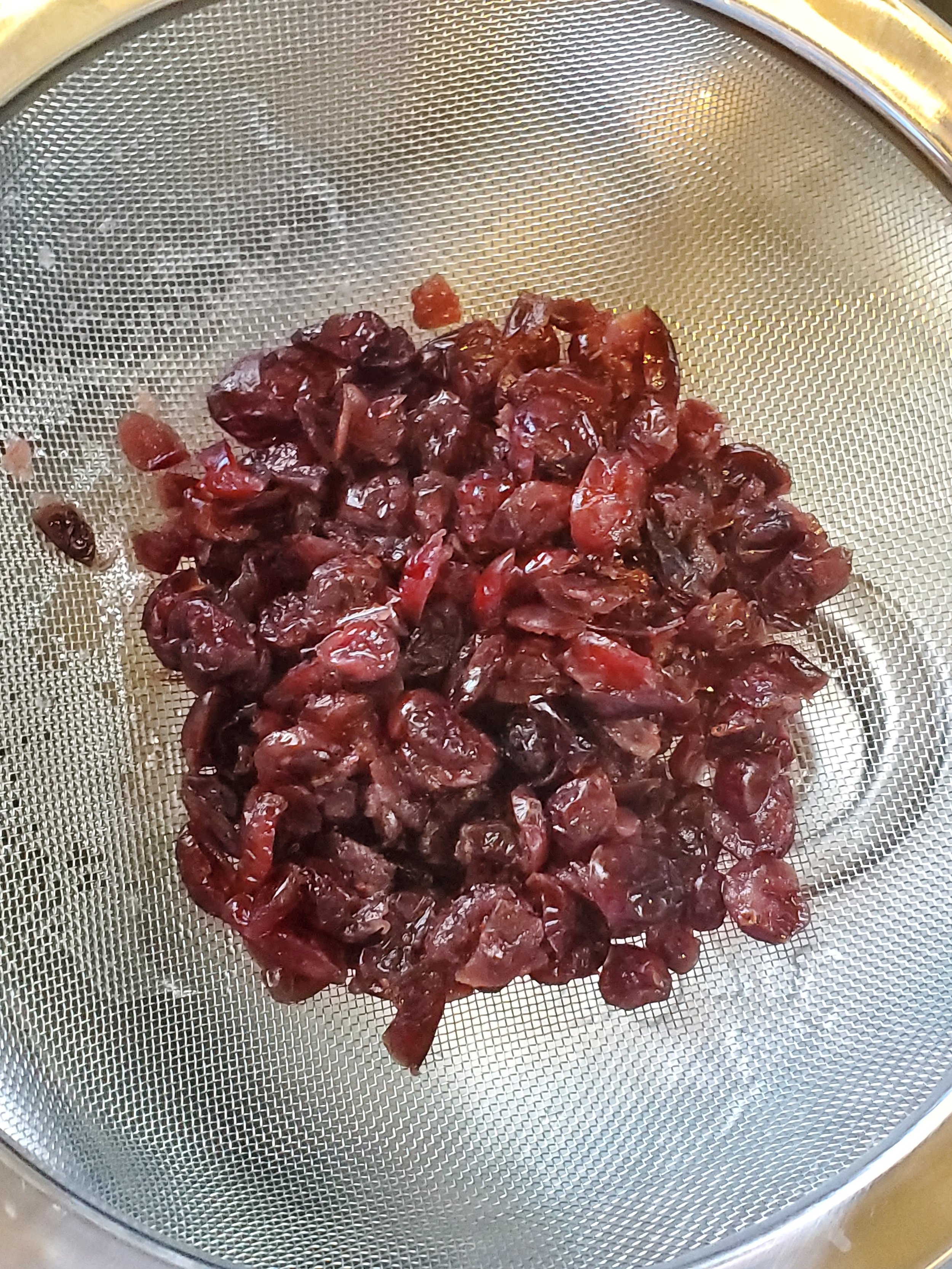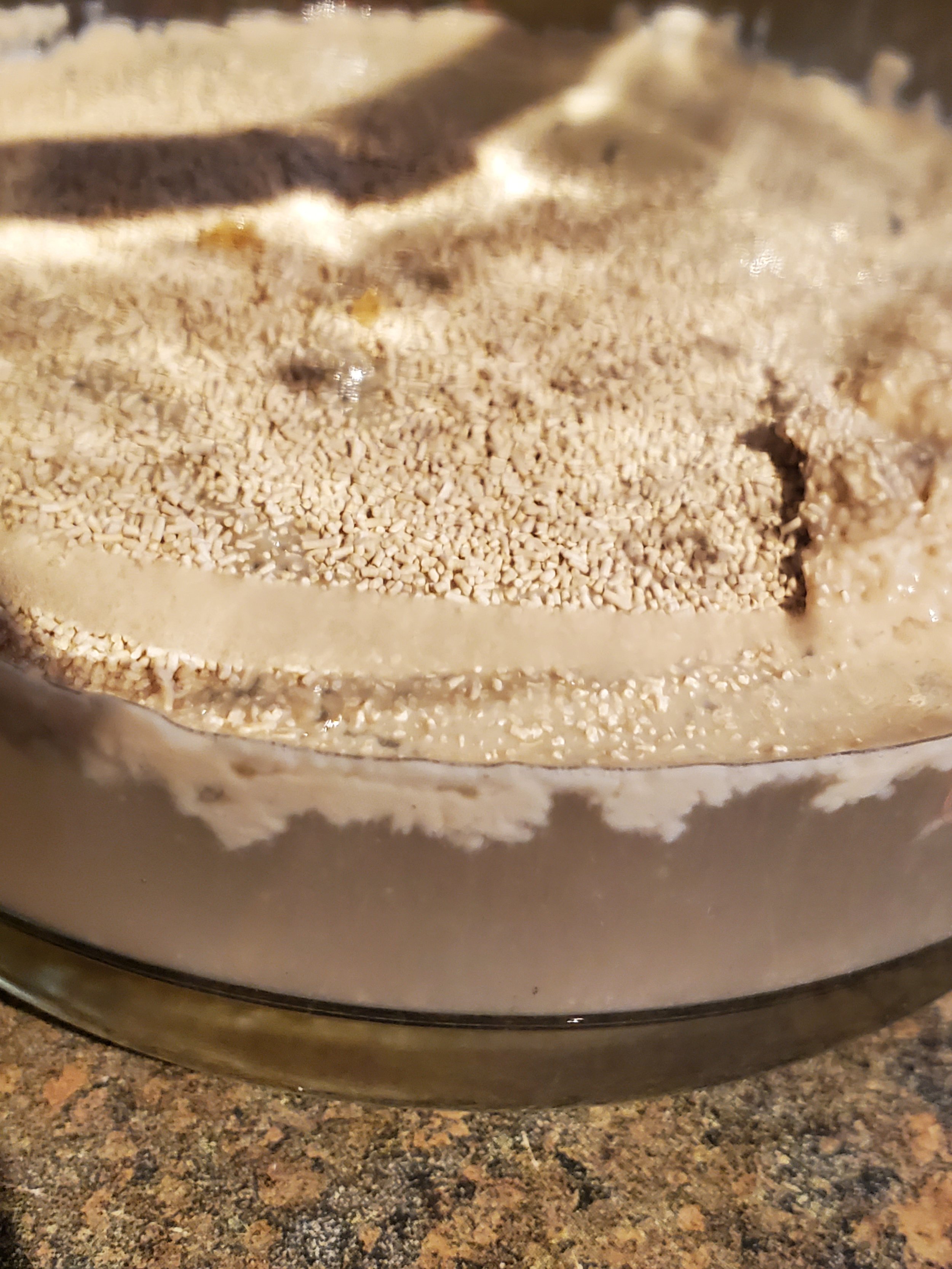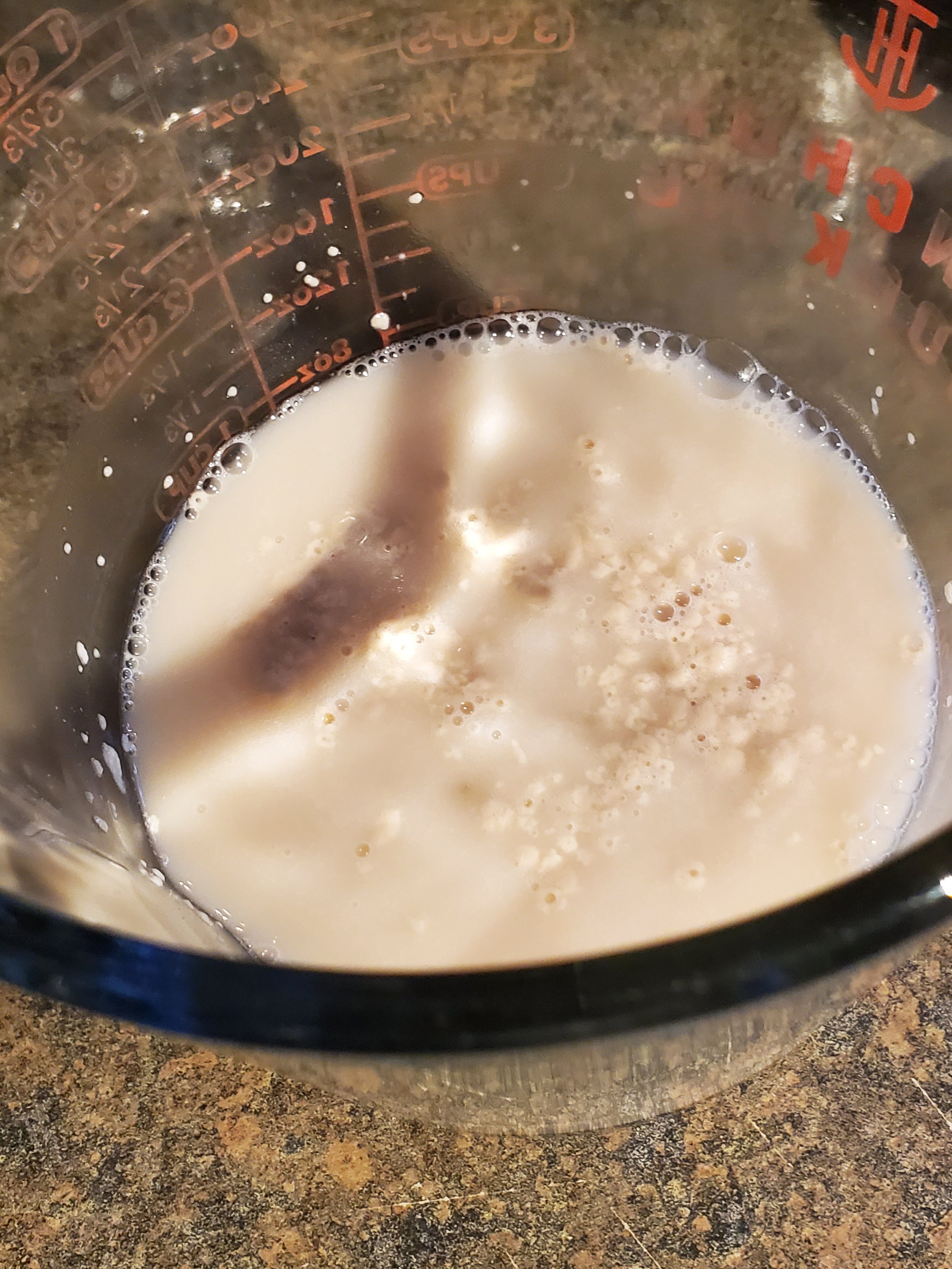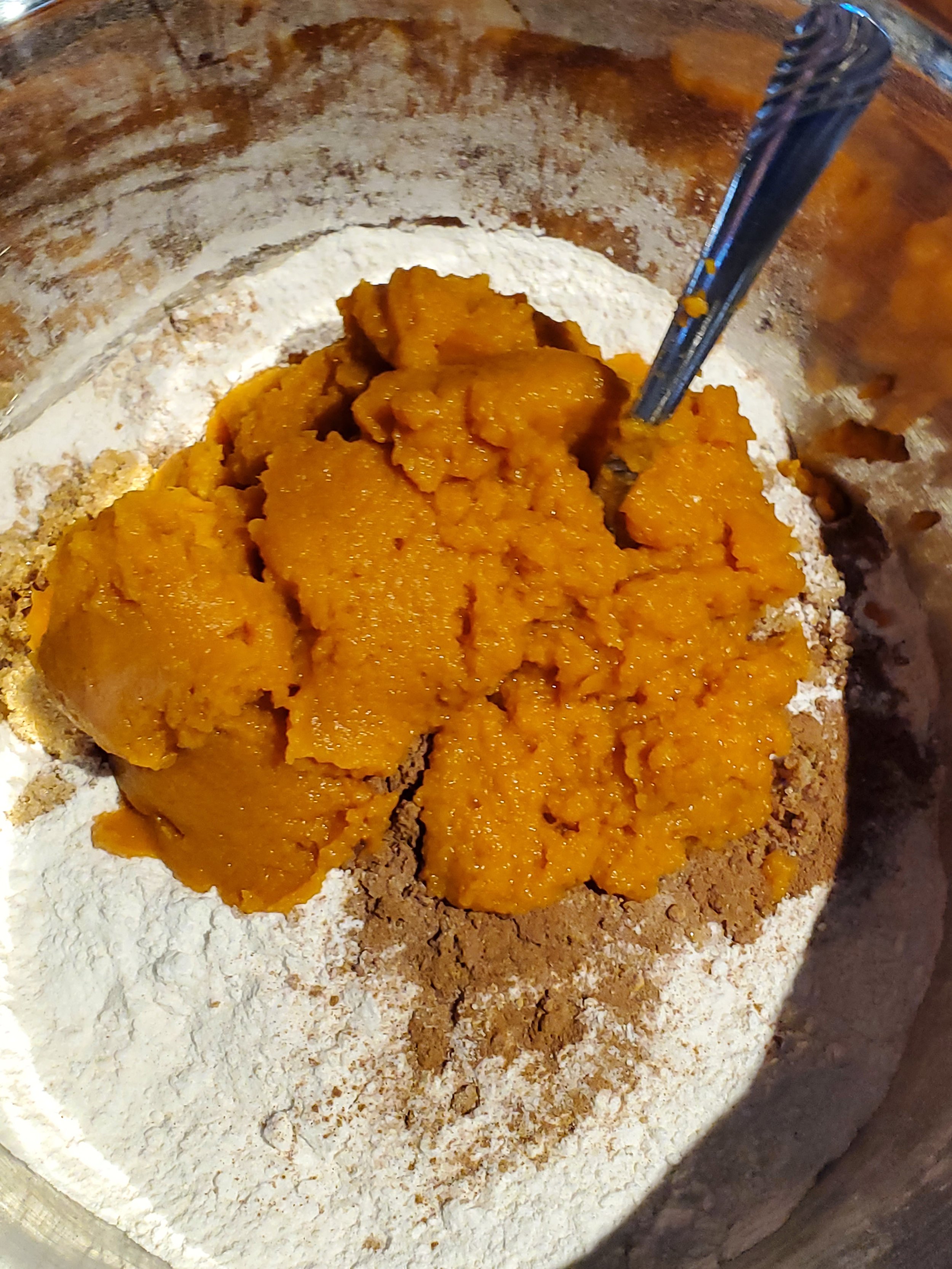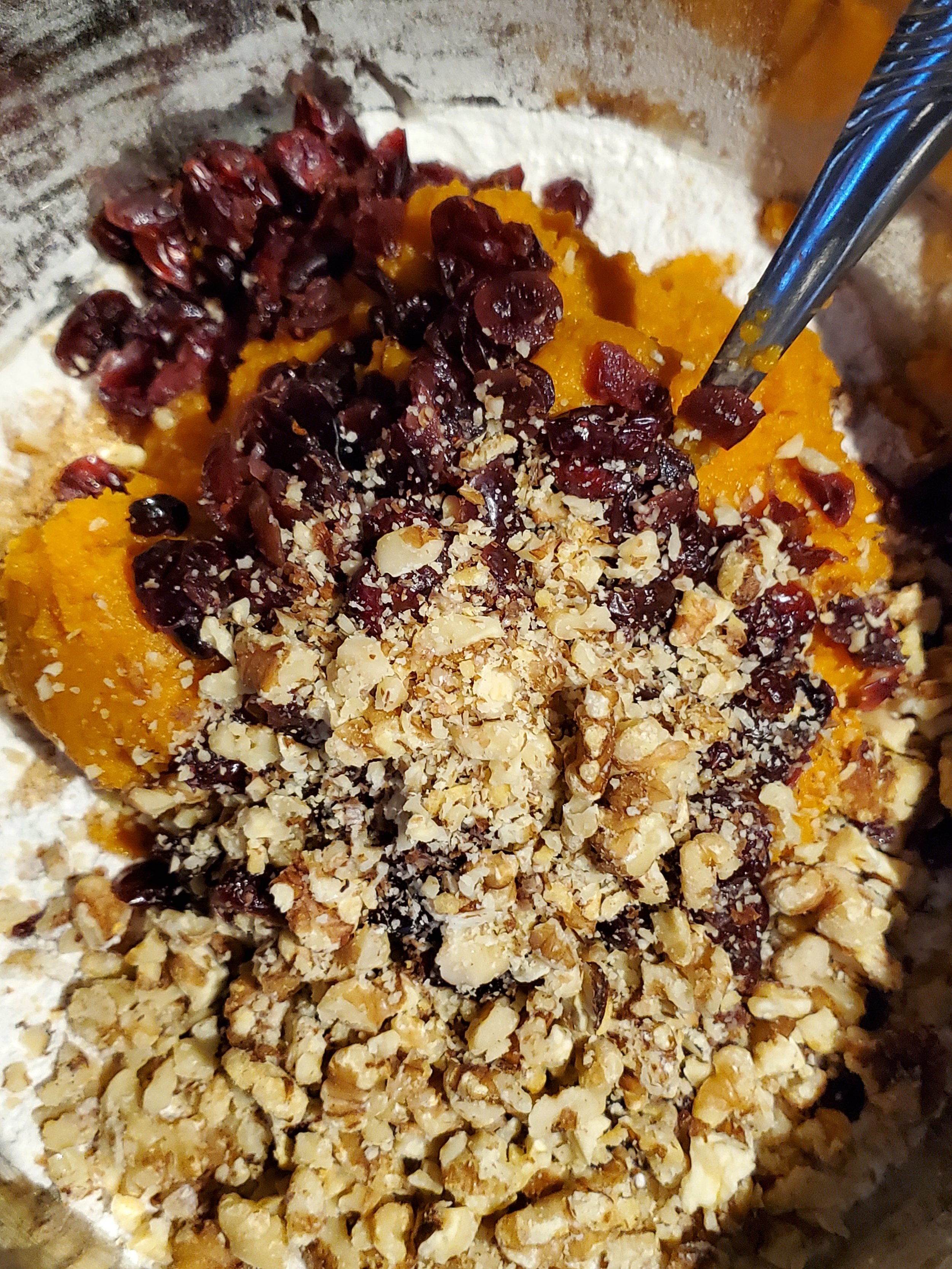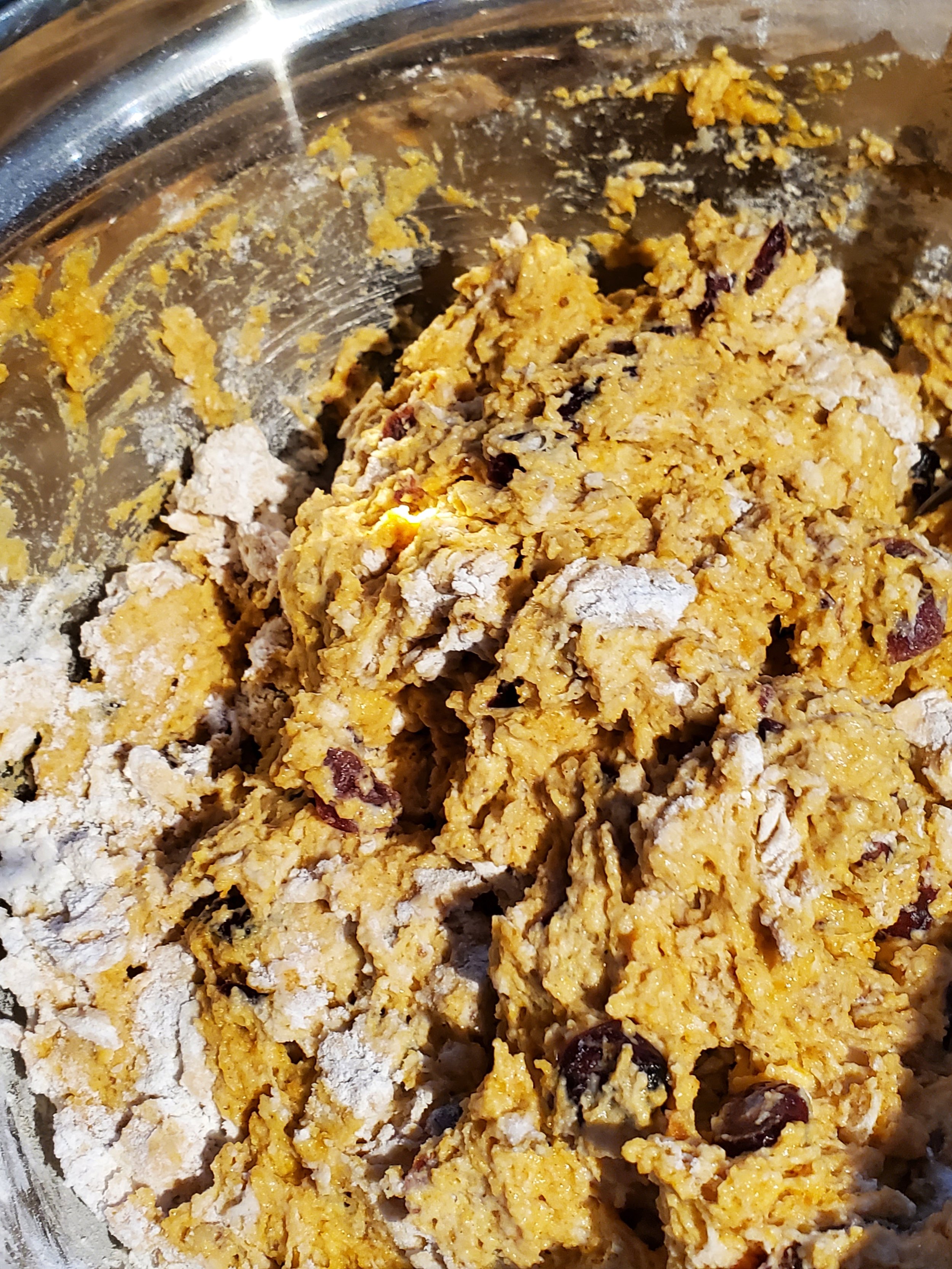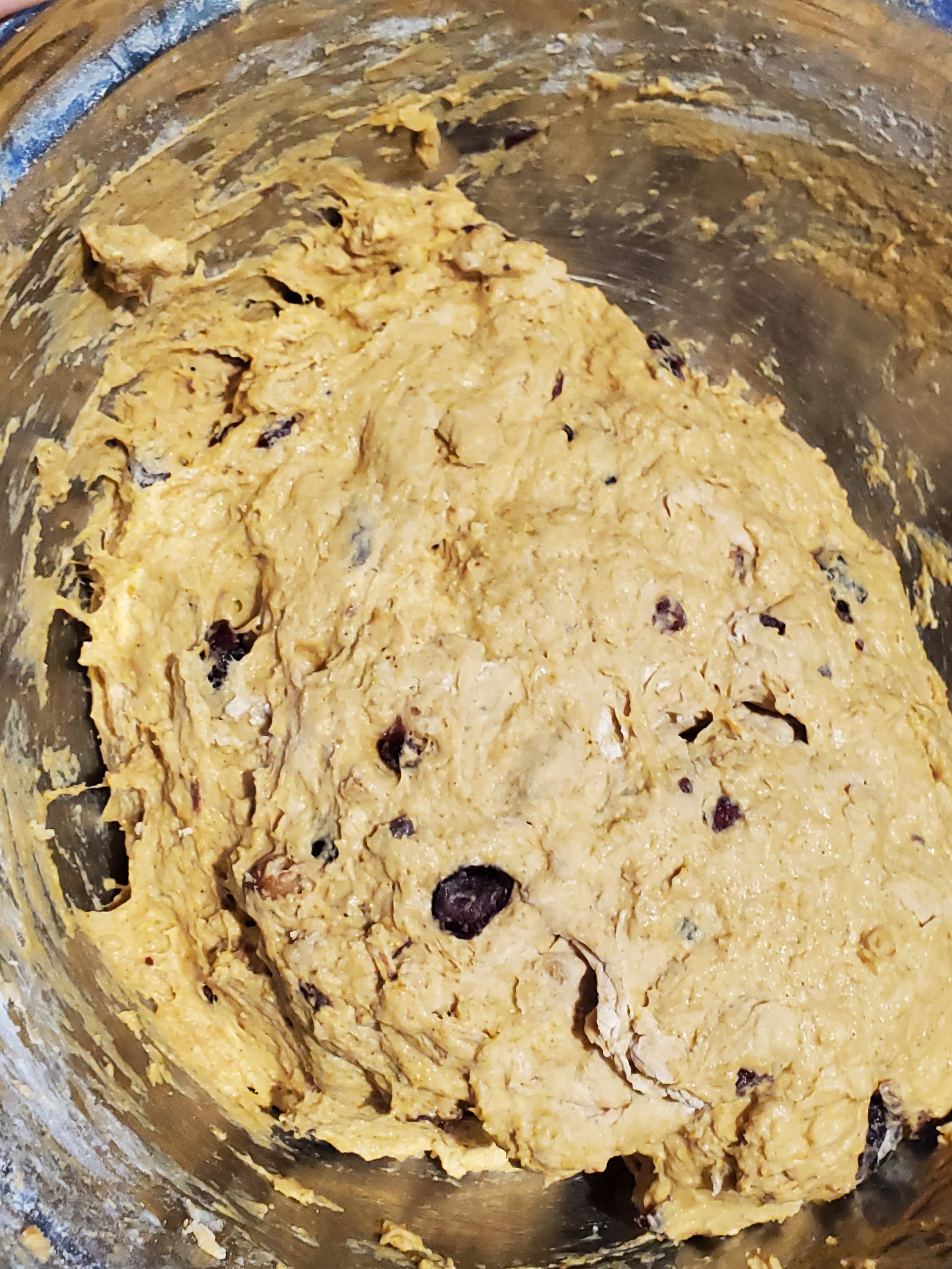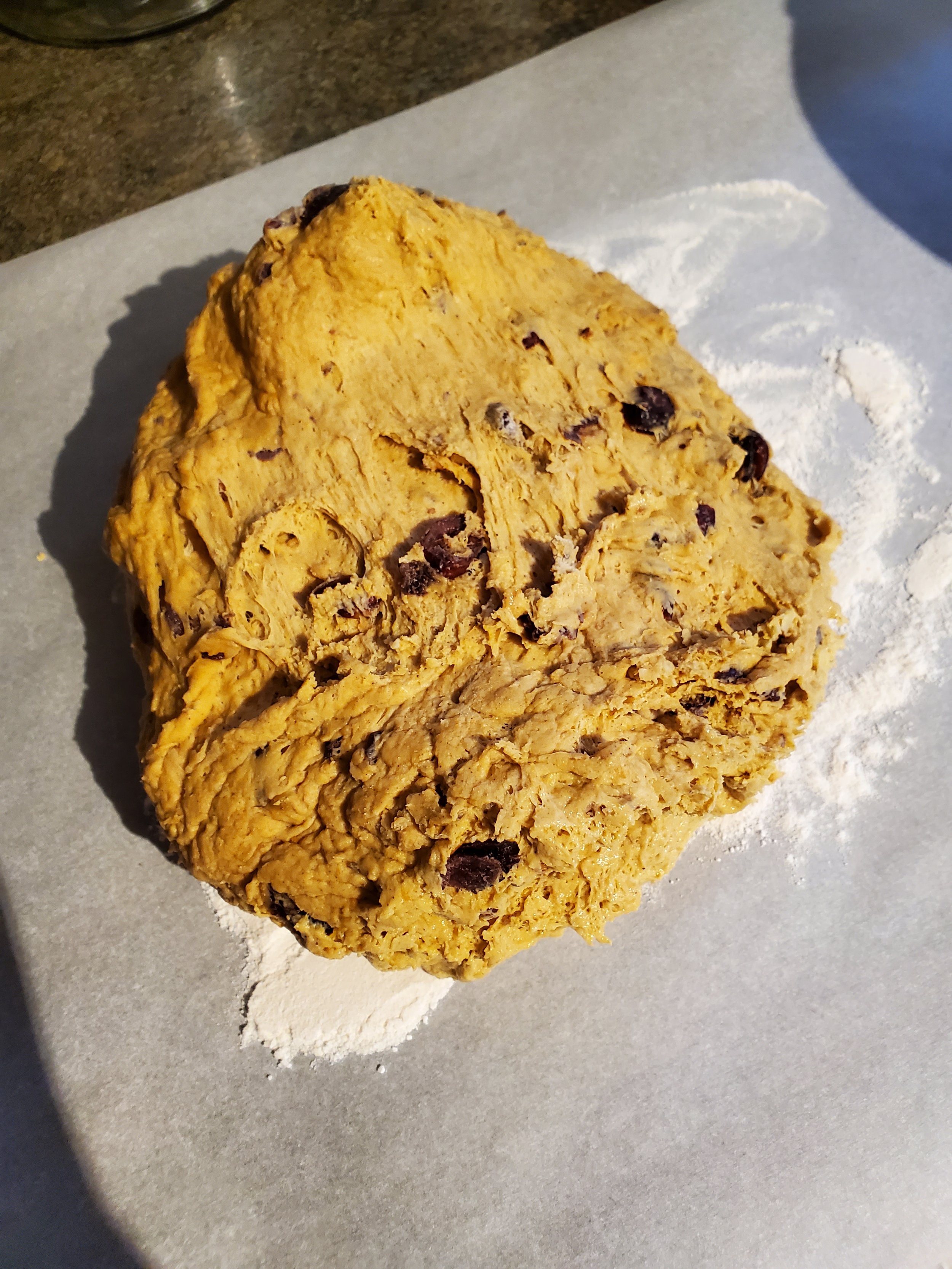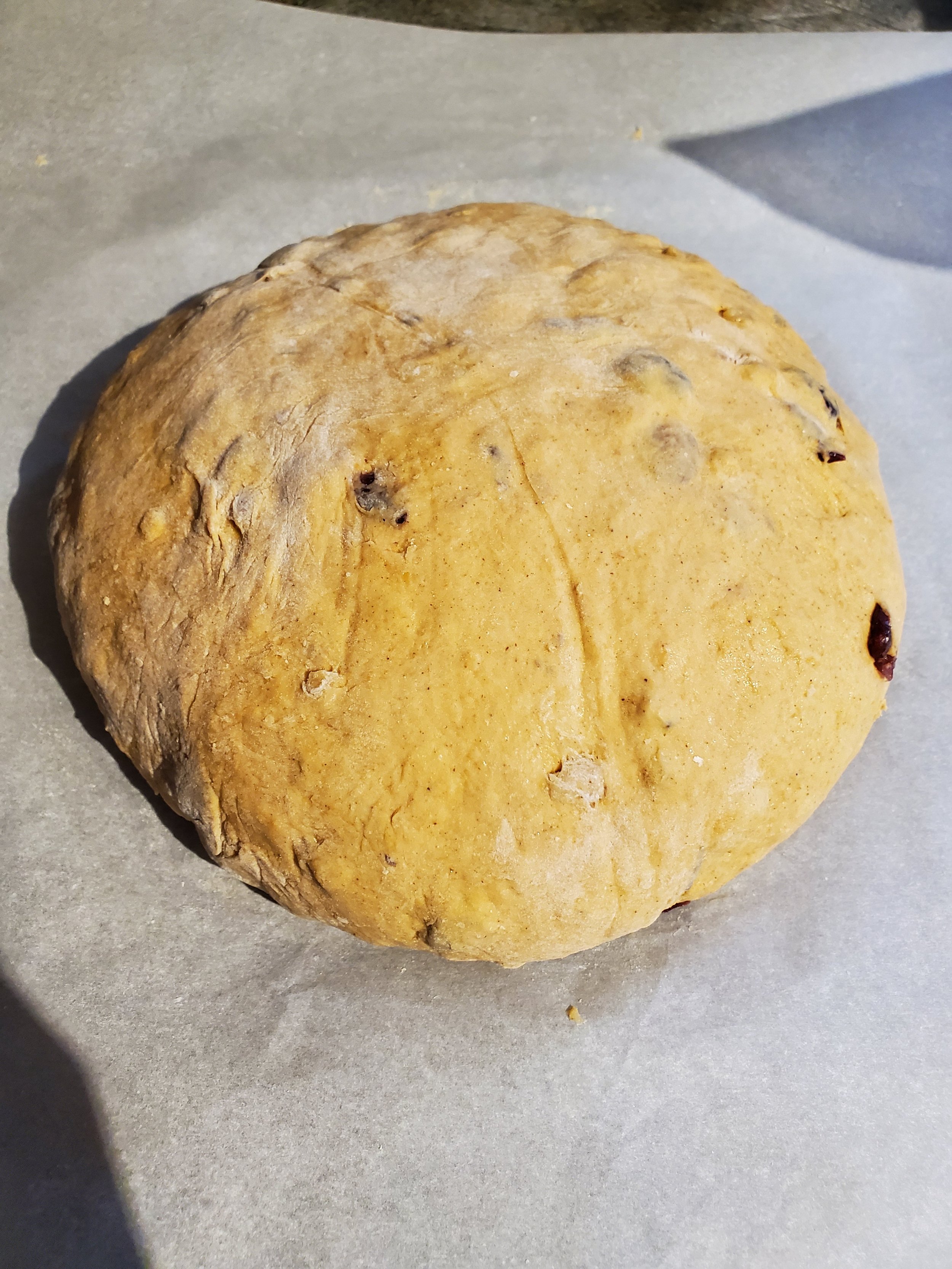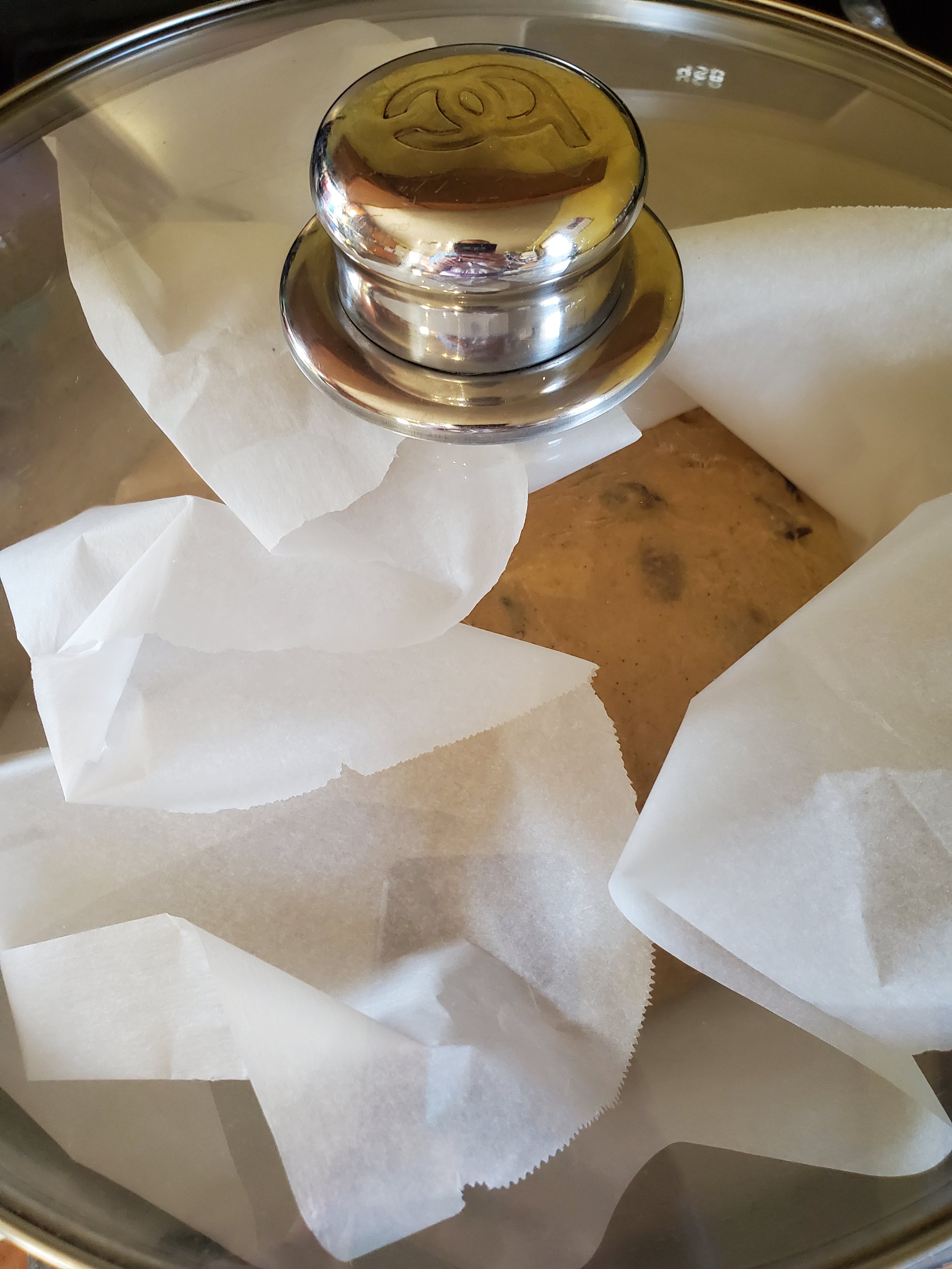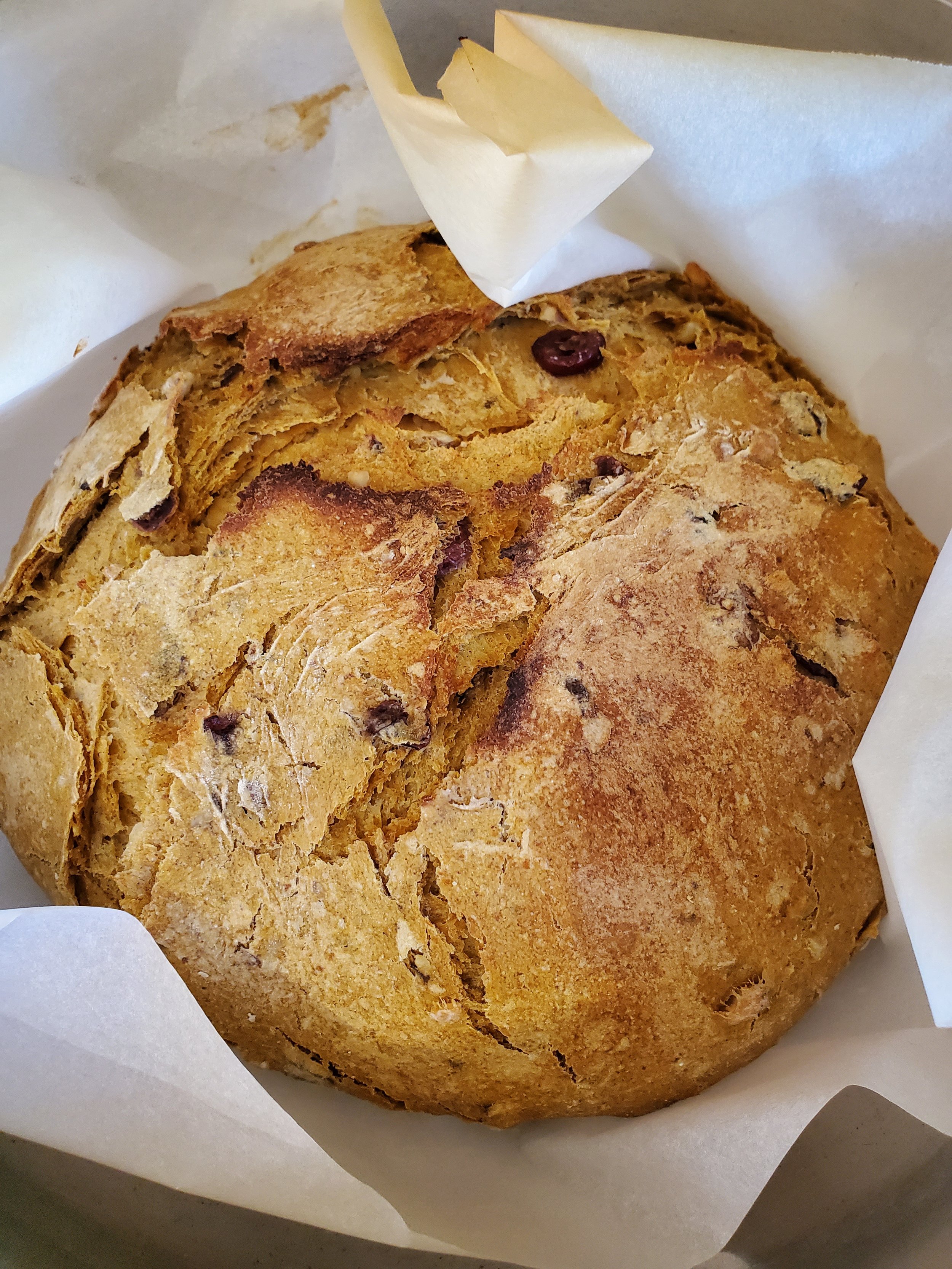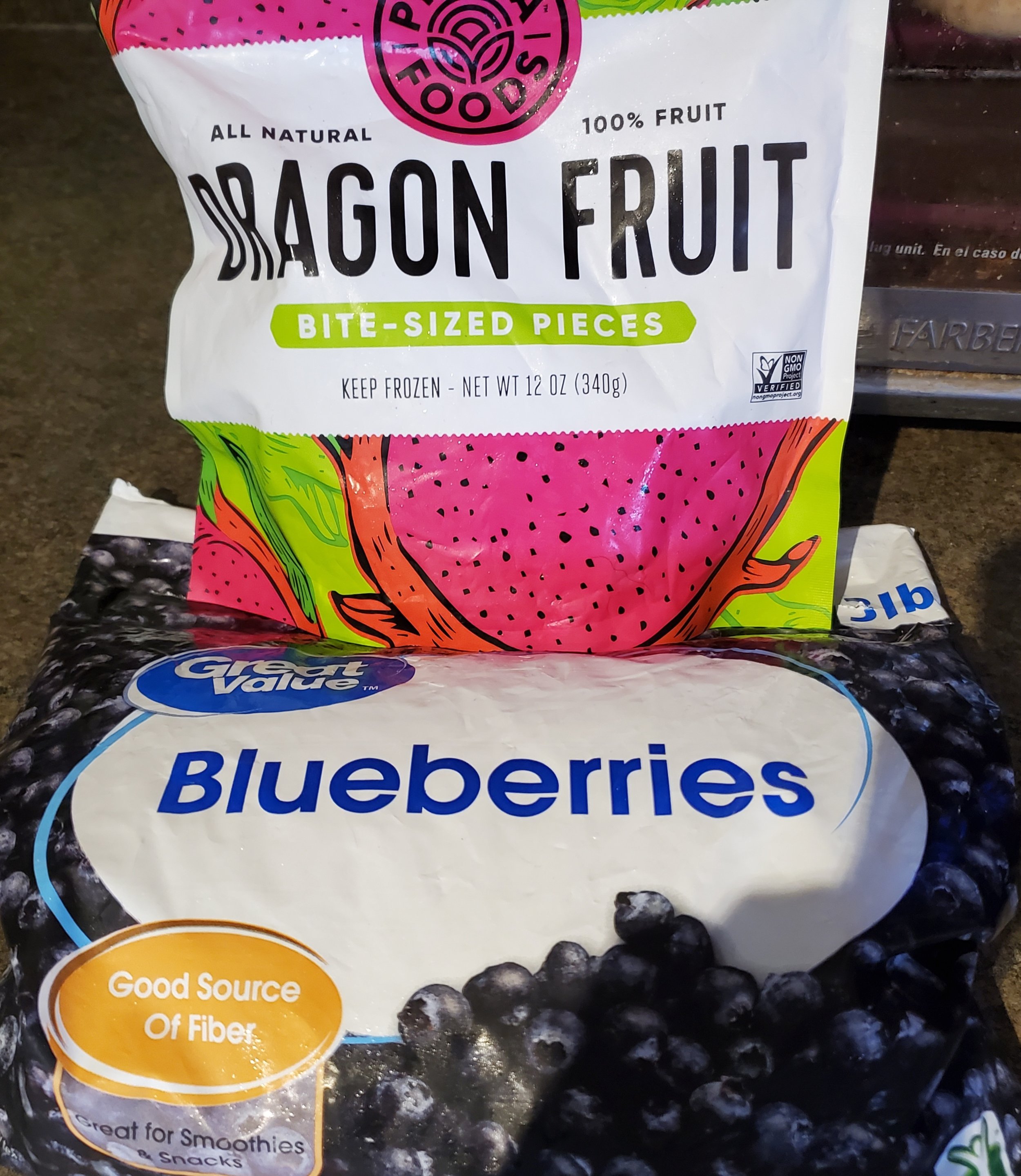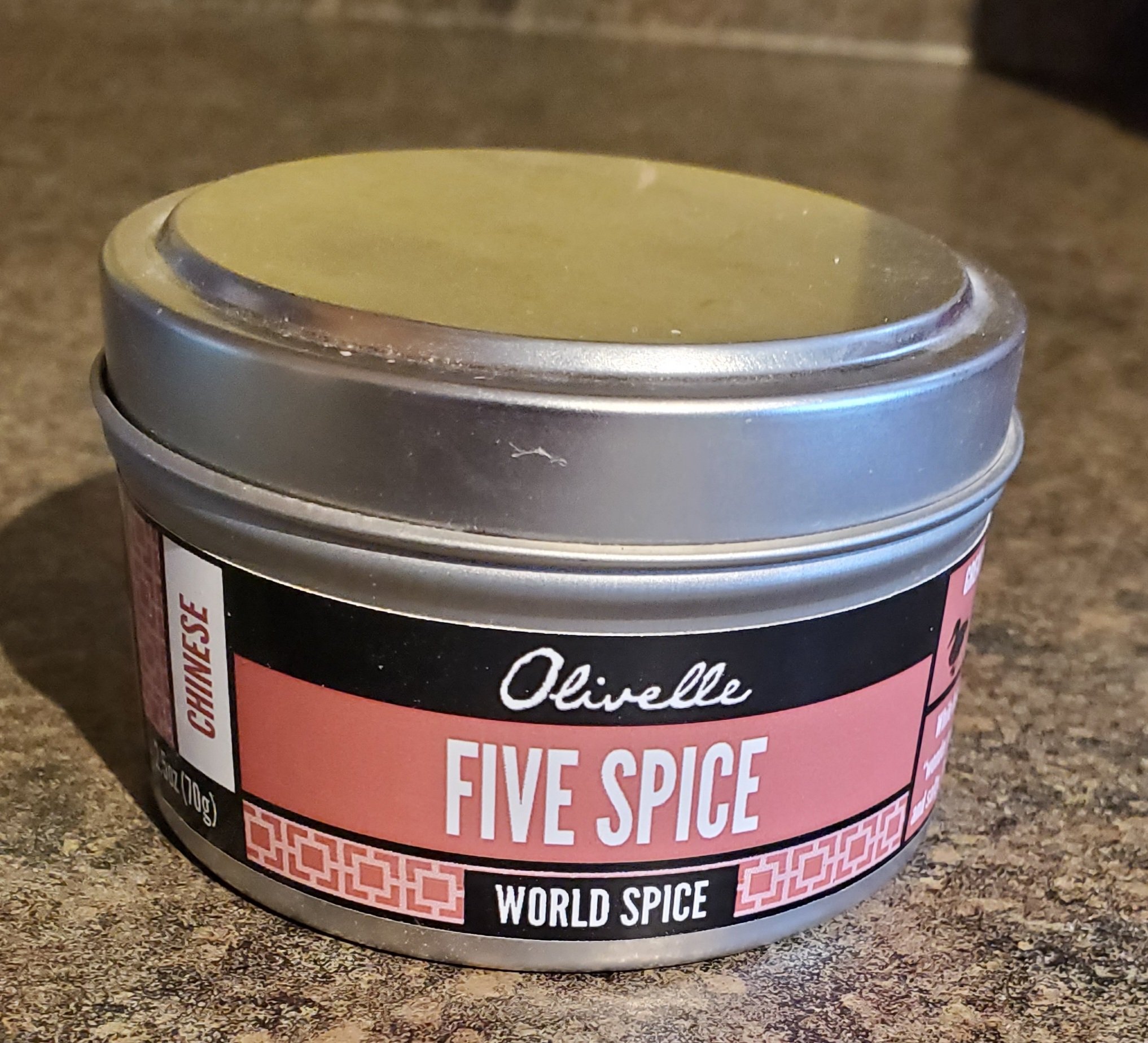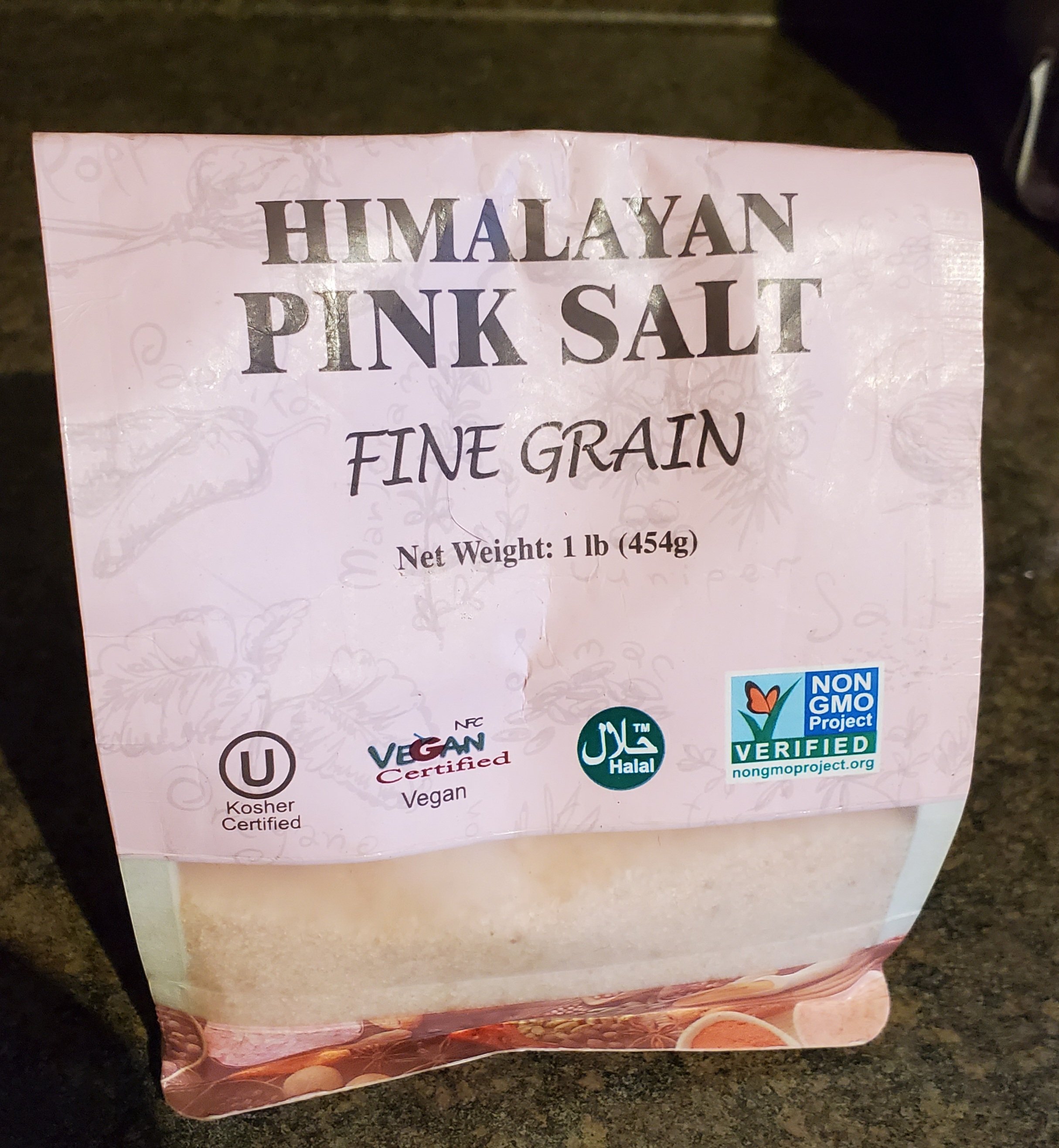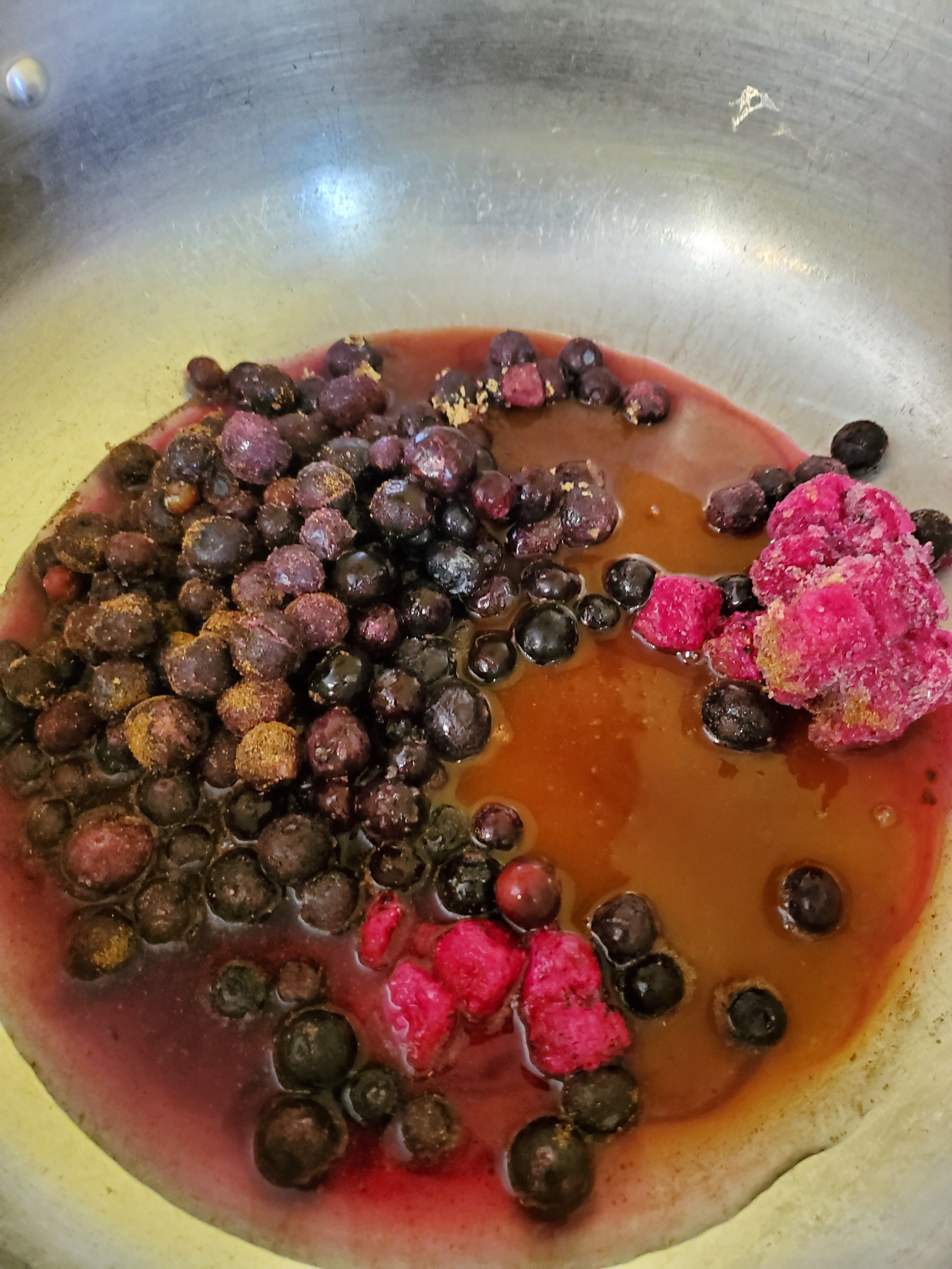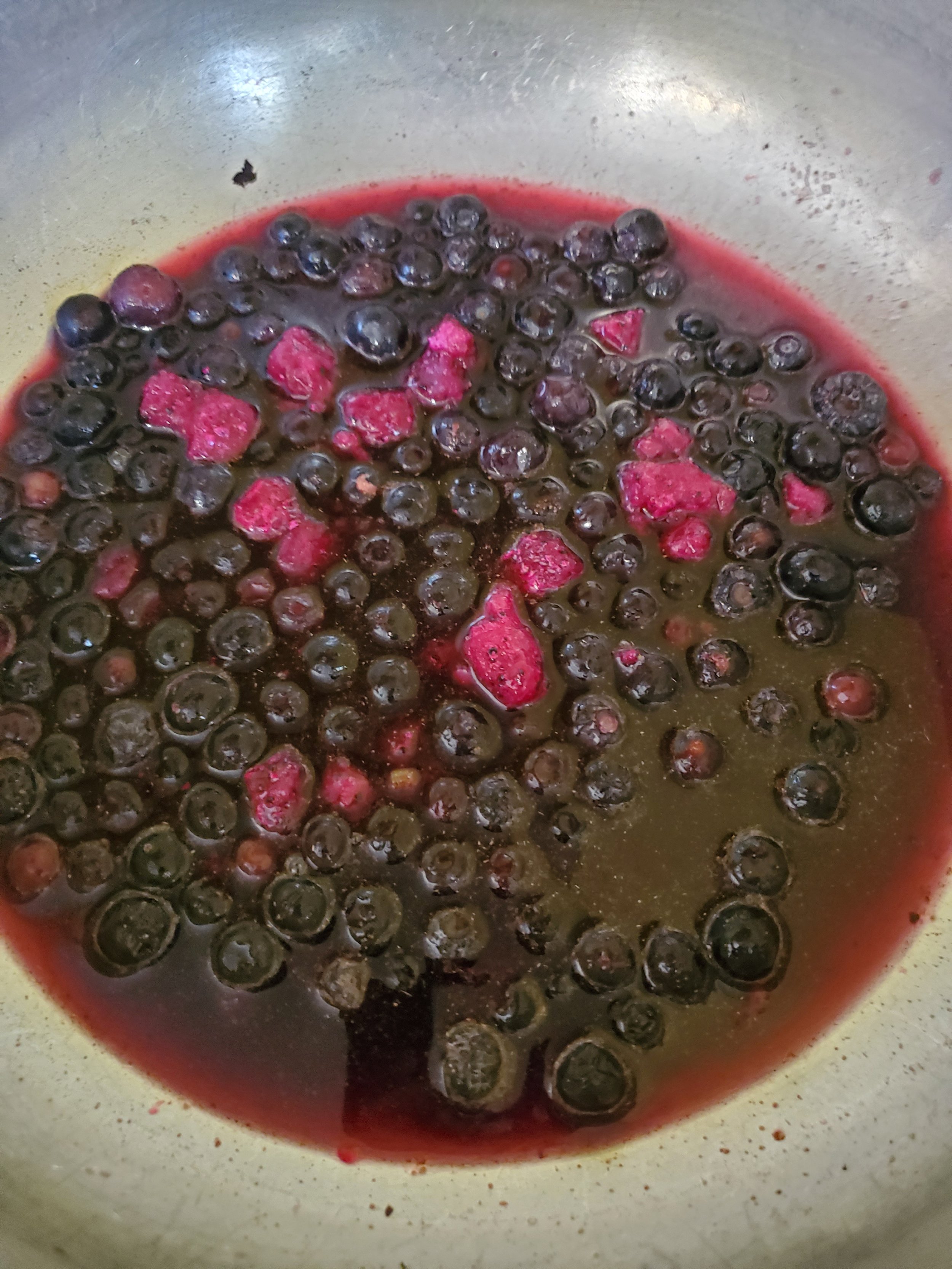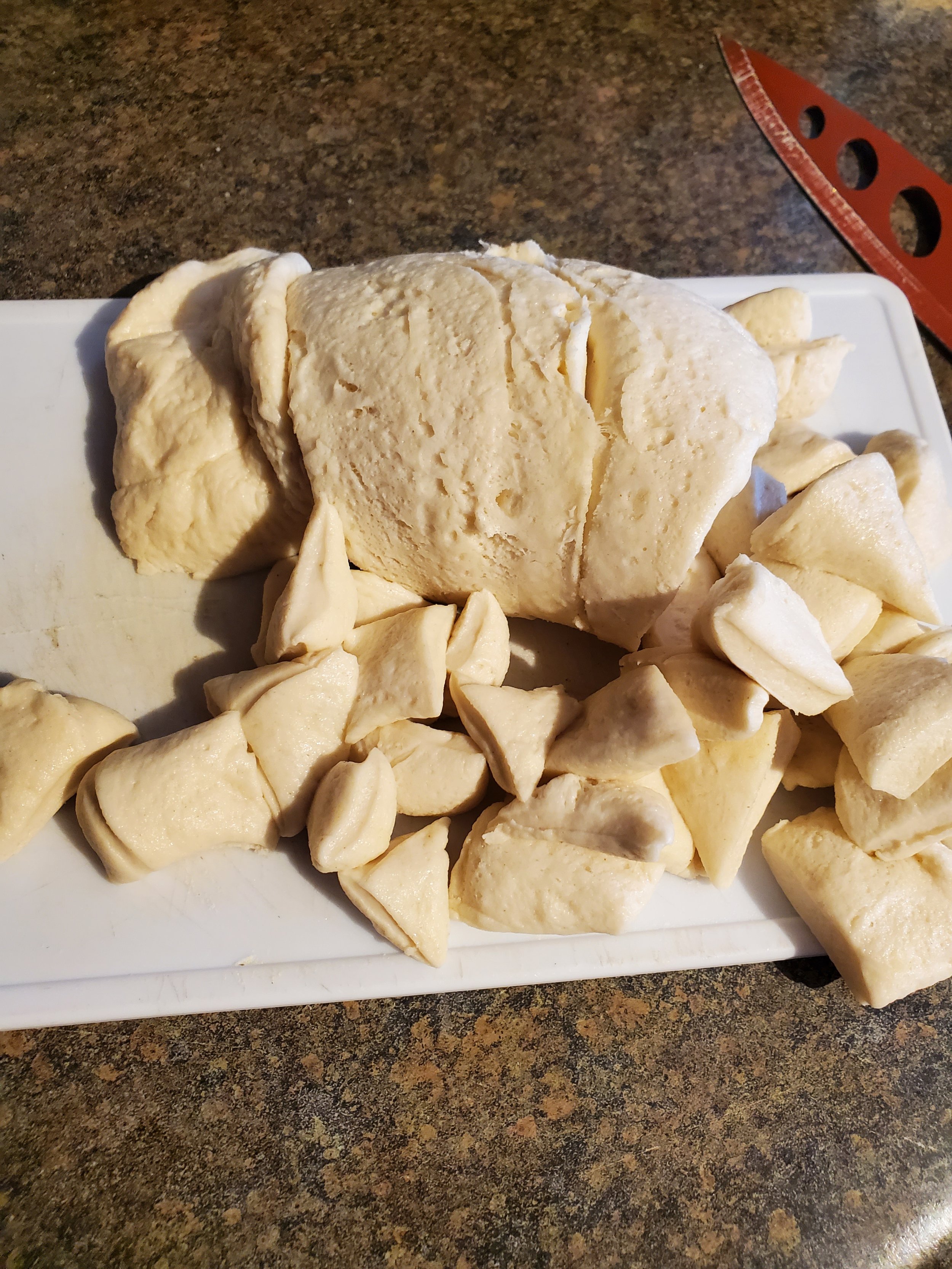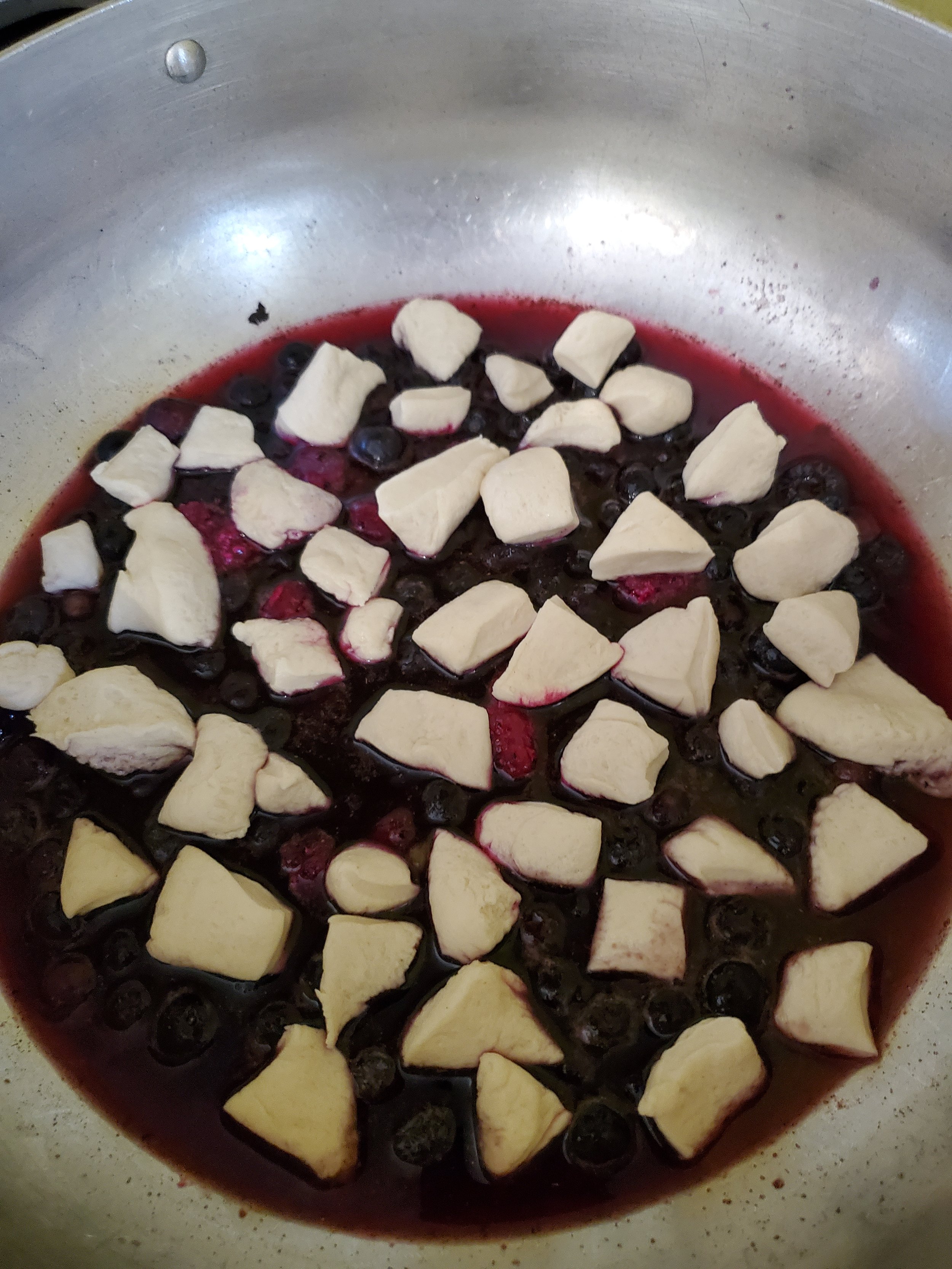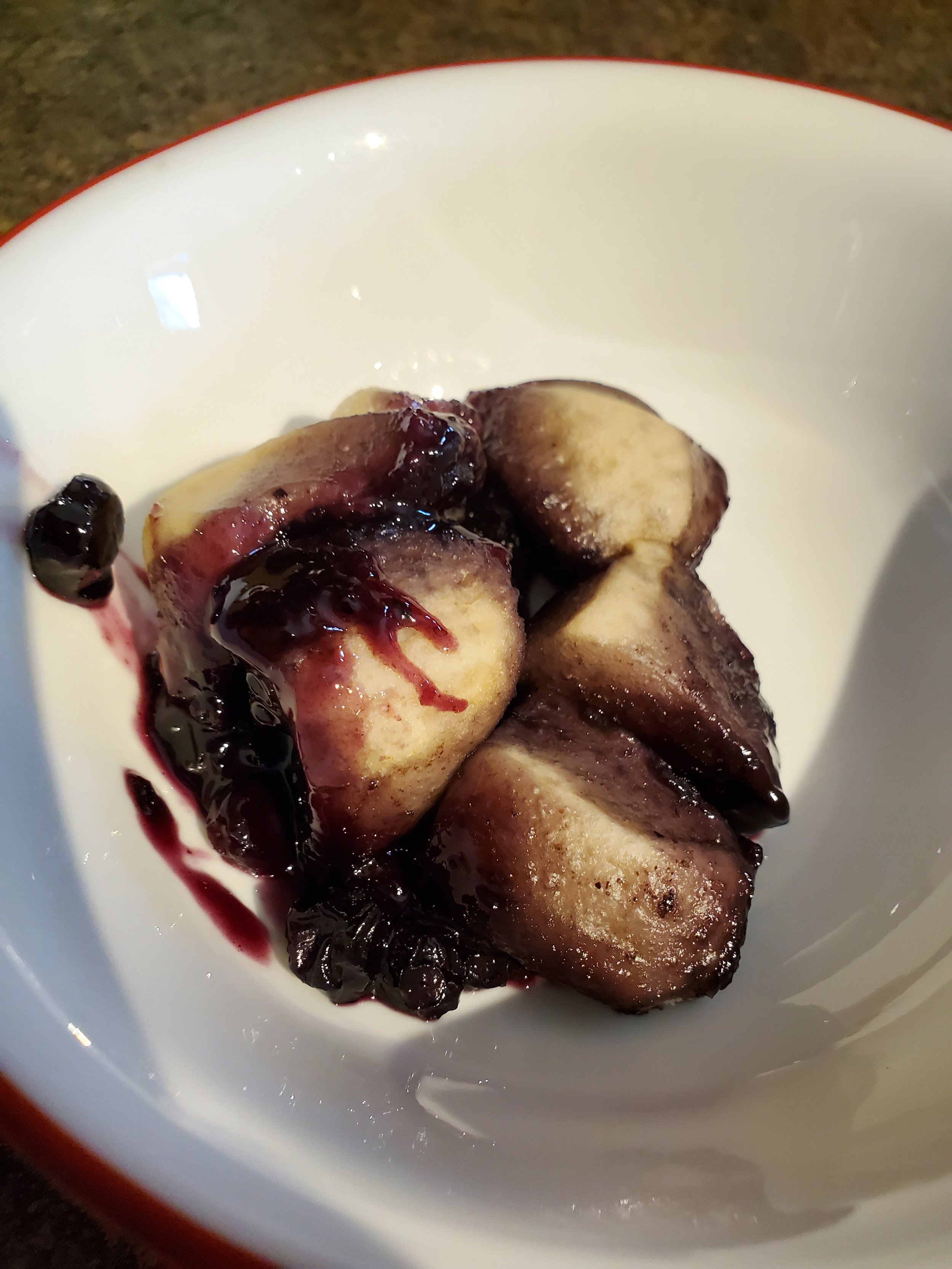From Crisper Drawers to Door Dilemmas - Your Complete Guide to Optimizing Refrigerator Storage and Banishing Food Wastage
Ever wondered why your refrigerator seems like an enigmatic labyrinth of varying temperatures? Brace yourself for a surprising revelation: your fridge isn't the uniform cold box you think it is. Instead, it's a tapestry of microclimates, each with its own purpose and ideal use. Buckle up for a journey into the hidden world of fridge dynamics, where thermodynamics and food storage collide to challenge common assumptions.
Prepare to unravel the mystery behind why your leftovers might fare better on one shelf than another, why your greens shouldn't cozy up with your meats, and why that jar of jam ended up frozen solid in the back. Join us as we break down the misconceptions about your refrigerator's temperature zones and unveil the secrets to optimizing freshness and food safety within its chilly confine
Refrigerator Revelations: Unveiling the Myth of Uniform Temperatures
Let's start with breaking down a common misconception: your refrigerator is not all one temperature. We know it's a strange thought. Most of our clients are very shocked when they discover this. But it's true.
Instead, your refrigerator is made up of many different microzones. Now, your microzones work based on the concept of thermodynamics. We know, we know, that's not something any of us want to try and dive into on a Wednesday night. And to be frank, it's beyond anything we need to go into. What matters is understanding that heat rises. Even in a cold environment like your refrigerator, heat will always rise*. So, the warmest portions of your refrigerator will be the top shelf of your refrigerator because of that principle, and also the door of your refrigerator because it's constantly being exposed to warm air as you open and close your refrigerator throughout the day. No matter how fast your refrigerator returns to temperature, there is still fluctuation. That fluctuation will directly affect whatever you store on the door of your refrigerator. We'll go into more of that later on in the article. For now, it's enough to understand that it's an issue.
The Secret Behind Microzones: How Your Fridge Works on Thermodynamics
The different zones in your refrigerator are your door, top shelf, middle shelf, bottom shelf, and any drawers you have, like a crisper drawer, cheese drawer, or deli meat drawer. Each of these different zones has been engineered for a different purpose, and the shape of the drawer directly impacts how temperature and humidity affect the food inside the drawer.
Crisper Drawers Decoded: Optimizing Humidity for Fresher Produce
Let's take a quick side note to explain the different drawers that might come with your refrigerator. Your crisper drawer is typically one to two drawers on the bottom of your refrigerator. Whether you have a French door, a single door, or a top-of-the-line Sub Zero refrigerator, the bottommost drawer or drawers is for fruits and vegetables. The reason for this ties into the microclimates like we talked about earlier. This is the coldest part of your refrigerator, and it fluctuates between cold and colder. Now, your fridge's design might be two drawers side by side or one on top of another. We have worked on both varieties. It doesn't matter for the most part. Either way, there is typically a small flap or a slider that allows you to set which one has lower humidity and which one has higher humidity.
Lower humidity is typically for fruits, and higher humidity is for vegetables. This is where we will get into some exceptions in just a minute. These drawers work on humidity as well as temperature. Your fruits need lower humidity, which the slider or air flap on the drawers allows them to adjust. Just because it's not extra fancy or has dials or switches that you need to work to learn doesn't mean that it's not effective. Companies have discovered what works and, for the time being at least, are sticking to it. Higher humidity allows your vegetables to maintain the most moisture, keeping them from wilting for longer.
Mastering Middle Shelves: The Stable Haven for Dairy and Deli Delights
But Blogger, you say, what about the shelves in the middle? What are those for? Oh dear, reader, those shelves are, in what we said earlier, the most stable portion of your fridge. This is the section that is most likely to stay at the temperature for what you've set your refrigerator to. These drawers, whether you have one or two, sometimes even more, will be where you store your cheeses and deli meats. Cheeses and deli meats need to be kept away from fluctuations in temperature to ensure that they stay tasty and free from bacteria for as long as possible. They also don't need to worry about humidity like your fruits and vegetables, which is why they are just drawers.
Strategic Food Placement: Where Every Zone Shines in Your Fridge
Now that you understand how your refrigerator works and how some of the more specialized sections should be used let's look at your fridge as a whole. This breakdown for storing your food comes from years of research into maximizing space, freshness, and food safety. So, at the top of your fridge, as we mentioned earlier, that is going to be the section that fluctuates the most, and therefore, is the section where you should store already cooked foods; this is your leftovers, this is the rotisserie chicken that you're going to have tomorrow night for dinner or the green bean casserole that your neighbor brought over because they had a little too much. Things like that.
Your middle shelves are where you should store your dairy products. Cheeses, butter, eggs, and other things that need to be kept as stable as possible.
Your bottom shelves are where you store raw meats and fish. If you really wanted to, all of the other shelves, ,could be swapped around. If you follow the other tips we will talk about, your food will stay fresh. Maybe not for as long as they could, but they will stay fresh for about the average length of time that you might expect. For your raw meats and fish, you store them at the bottom of your refrigerator not just to keep them fresh for longer and to butkeep them in that cold air that doesn't fluctuate as much. It's also for food safety. Raw meats tend to leak. You don't want that getting on the rest of your food.
Now, we're not saying you should just throw a hunk of raw meat or the fish your cousin caught for dinner tonight onto these shelves. You store these on the bottom shelf because they won't leak into the drawers when wrapped properly. Your crisper drawers are designed so things from on top, unless they spill or overflow, won't get into the drawers. Instead, they drip around and under. Your shelves, though, say the top and middle shelves aren't designed the same. Put meat on those shelves, and you will contaminate the shelves below.
Decoding the Door Dilemma: What to Store (and Avoid) on Your Fridge Door
The one thing we haven't talked about yet is your refrigerator door. On your refrigerator door, it is good to put things like condiments. They're not bothered much by fluctuating temperatures. Salad dressing falls into the same category. Even the ones you might make yourself can still be stored in the container and left on your fridge door. Soda, water bottles, sports drinks are great to put on your refrigerator door, so they're easy to grab.
Things that maybe shouldn't go on your door that you wouldn't consider:
Nut butters
Milk
Glass bottles
We've all done it. Heck, in your Blogger's fridge right now (or at least right now as of the time of this initially being written) is a container of milk. The reason you don't want to store it there normally is because it will go bad faster. In our household, however, it doesn't typically last long enough, so we choose to take that risk. Which is what you can do as well. Nut butters, however, and glass bottles are less conditional. Nut butters like almond butter and cashew butter will start to separate when kept at unstable temperatures. They start to either become hard or oily, they don't taste as good, and they're harder to spread. Then you've got glass bottles, which is more of a practicality issue. All it takes is one slam of the door, and there goes all that lovely wine you were planning on sharing.
The FIFO Method: Saving Money and Maximizing Freshness in Your Fridge
How do you save money then? The answer is the First In First Out method. It is a very simple concept, but it does take a bit of thinking as you implement it. You put the newest foods at the back of the shelf and bring the oldest foods towards the front. You can do this with everything or just things you buy duplicates of. An example would be putting an already open pint of sour cream at the front and a new one at the back of the shelf.
We aren't saying you have to do this every day. That would be ridiculous, and you would end up wasting electricity and letting in all the hot air you're trying to avoid. But once a week or so, when you go grocery shopping, do this, and then you have all of the oldest food towards the front automatically when you need to go and plan for meals or just need a quick snack. The First In, First Out method is utilized by restaurants and other corporate-level food services. It's a way to ensure your food is used long before it spoils.
The Perils of Overstuffing: Why Air Circulation is Key in Your Refrigerator
A final important note that we think cannot be overstated is that you should not be overstuffing any section of your fridge. Your refrigerator cannot do its job properly if it can't breathe. If the air cannot circulate around your refrigerator, the microclimates we discussed will go to extremes. The coldest section, that bottom shelf, and your crispers will end up freezing. Meanwhile, your top shelf and door will be much warmer than they should be, causing things to spoil. This is how you end up pulling out the jar of jam from the back of a shelf and finding out that it's frozen solid in the time that it's been in your refrigerator. While sections like your crispers have an optimum level of food in them, say 67%, the rest of your fridge is more a matter of air being able to move around. That one does take a little bit of trial and error. It becomes much easier if you pay attention and start with the tips we've taught you today.
Keeping Cool: When to Call for Professional Refrigerator Assistance
Remember, your refrigerator is not just a glorified cold box—it's a meticulously engineered system of microzones. By understanding its nuances, from the fluctuating temperatures of the top shelf to the humidity-controlled crisper drawers, you hold the key to prolonging the freshness of your groceries and minimizing food waste.
So, bid farewell to haphazard food placement and embrace the art of organized refrigeration. Employ the 'First In First Out' method, keep meats low, dairy mid, and condiments on the door, and most importantly, avoid overstuffing to let your fridge breathe. By following these simple strategies, you're not just managing your fridge; you're preserving flavor, maximizing space, and ensuring a longer shelf life for your groceries.
However, if you encounter issues beyond the realm of organization—such as temperature inconsistencies, malfunctioning water lines, or any other fridge-related quandaries—don't hesitate to reach out for professional help. Appliance Rescue Service is here to assist you, whether it's a troubleshooting call or a need for expert maintenance. Contact us today via our website or give us a call to schedule an appointment and ensure your refrigerator runs smoothly, keeping your food fresh and your kitchen hassle-free.
Call: (214) 599-0055
Additional Reading:
The Hidden Messages Behind the Odors in Your Refrigerator
Why Is My Refrigerator Making Weird Noises!?
* If you are a physicist, or other scientist who studies thermodynamics and we have gotten this wrong in certain instances, please understand that we are talking solely about heat in a refrigerator.

